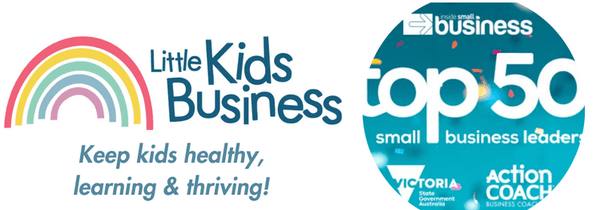As a pool owner and the Mother of two children, we often swim throughout the Summer. With this hot weather and a long summer ahead, the 2019 National Drowning Report is a stark reminder that drowning is very serious
I would like to share with you 3 key points of the report and share our top tips for getting your baby water-ready.
- From July 1, 2018, to June 30, 2019, an estimated 276 people in Australia lost their lives in a drowning incident – a 10% increase on last year – with an additional 584 people experiencing non-fatal drowning incidents.
- Summer 2019 was the hottest summer on record, which lead to a 17% increase in summer drowning deaths in comparison with the 10-year average.
- The good news is, drowning deaths in children aged zero to four decreased by 30% in comparison to the 10-year average, while children aged five to 14 remained the lowest age group for drowning. The report attributes the consistently low numbers of drowning deaths in the younger age groups to strong ‘Keep Watch’ messaging, highlighting the importance of active supervision, physical barriers to water and water familiarisation for keeping children safe.
If we are honest many Summer holidays include water activities in pools, while at the beach or while camping
SUMMER HOLIDAY SWIM CHECKLIST
Lessons – when planning a holiday or in the lead up to summer, ensure your child is booked into lessons and can complete at least one full term before of Swimming lessons any major swimming trips.
I made sure that both of my children attended swimming lessons, Daniel began swimming lessons with AQUATIC ACHIEVERS at 6 months and Sophie at age 18 Months and they continued for 5 years. I recall attending events and the kids running and jumping in the pool and swimming back to the edge and others amazed how good they were. Proud Mama moment!
Skill level – Make sure that you watch your child’s lessons and understand the level of skill. If not ask your child’s teacher for an update on their swim skill level before going on holidays and if there is anything you can continue practising with them while you are away on holiday.
Confidence – Talk with your child about water and swimming in a positive context. Assist them to feel confident and check in with your child about their confidence levels in the water.
Support – if your child lacks confidence in the water, be supportive and encouraging to ensure you can both have fun and enjoy the water together. It’s your job to make it a safe and positive experience.
Communication – I always made sure that my friends and family knew both Daniel and Sophie’s ability level. This helped everyone enjoy the water within their limits and meant extra eyes were watching out for safety and signs of trouble.
Supervision – never take your eyes off kids in the water. Now that my children are a little older, it’s not necessary for me to sit by the pool, however, I have set up a video camera above the pool that can be viewed on both our TV’s throughout the house and also on our iPhones. Now, you may be thinking this is overkill, however, it’s something that allows my children to swim when I am in the office during the school holidays
Protection – any time spent outside, especially in the water, means sun protection is crucial. Remember to use water-resistant sunscreen and reapply every few hours.
Energy and hydration – There is nothing good about a hungry and tired child while out with friends. Swimming is exhausting, especially for little ones, so I always bring enough food and water to replenish energy and hydration levels.
If you need some extra tips we love the KIDS ALIVE DO THE 5.

Enjoy a wonderful Summer in outdoors playing in the water with your family.


